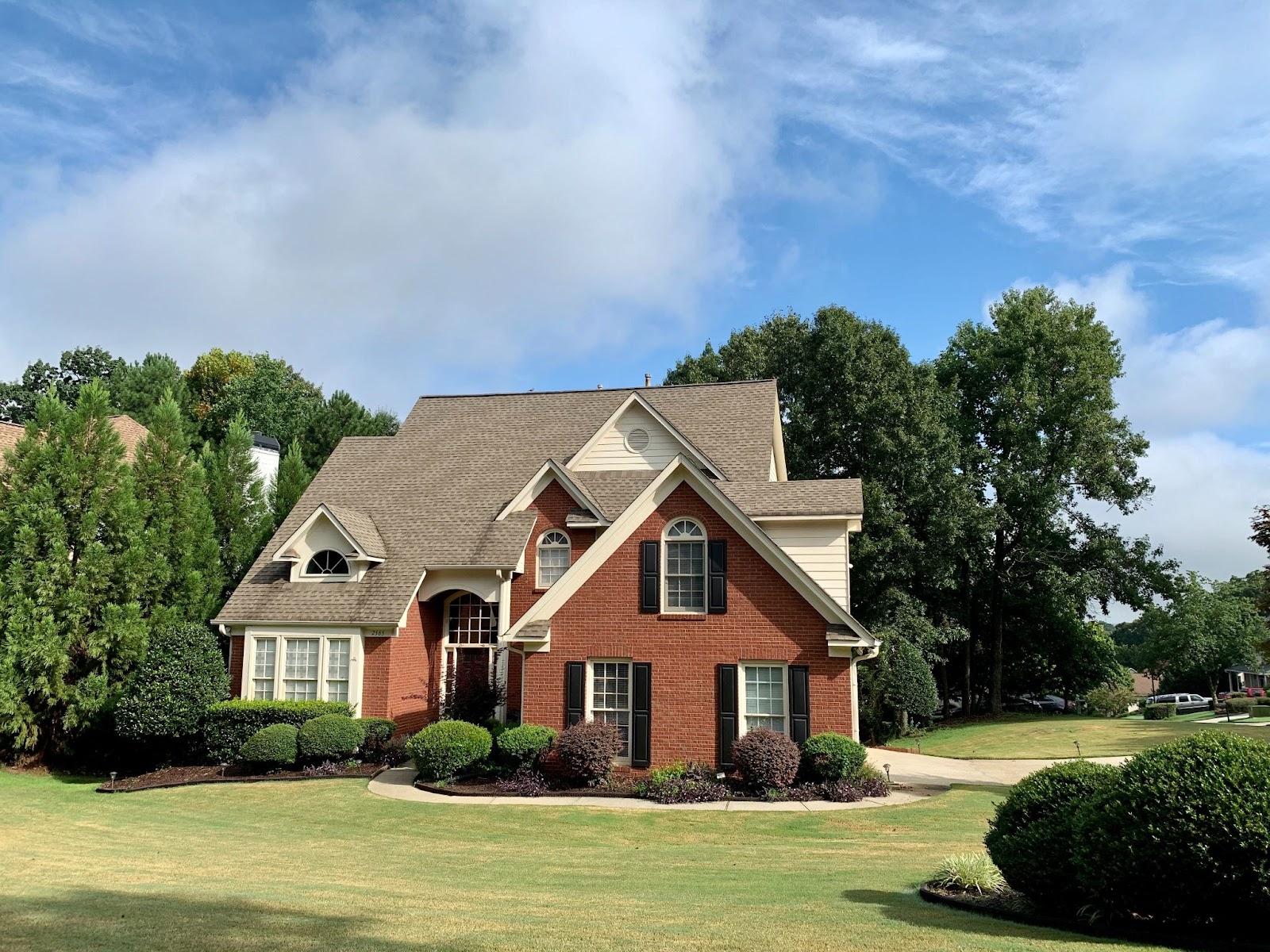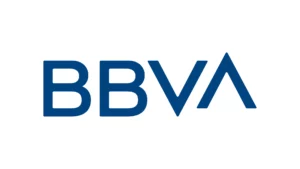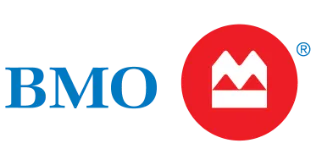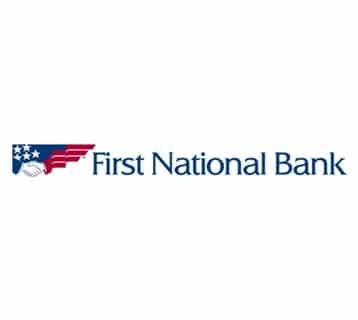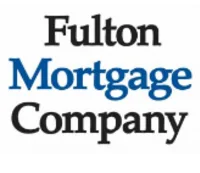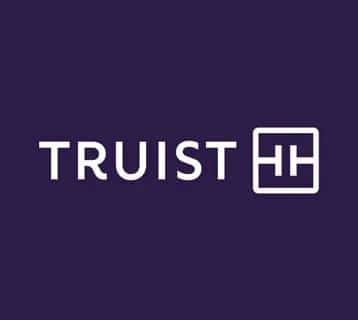Key Takeaways: Medical residents can buy homes with a low-to-no down payment physician mortgage without their student loan debts negatively impacting their DTI.
Solution: LeverageRx explains how these loans work and can connect you with a lender that meets your needs.
As a resident physician, you can anticipate at least three years of residency. That translates into
80-hour work weeks and most likely more than just a few 24-hour shifts.
But where do you go home to after those long days?
You have to live somewhere. Not just at the hospital!
Residency and/or fellowship can last between 3-7 years*. You may be seriously considering
buying a home during this period, especially if the thought of paying rent does not sit well with
you.
We will use this piece to walk through the financials of physicians in residency and why it may not make sense — or why it might — to buy a home in residency.
Up next, you will see resident physician home loans from LeverageRx, and we also present the cons of getting a resident physician mortgage at this point in life!
*Surgical residencies must go on for a minimum of five years.
A Common Resident’s Financial Situation
Congratulations on finishing medical school! As you move into residency, you may know about the financial issues many residents deal with. These include lower salaries during your training, student loan debt from medical school, little savings, and the challenge of paying bills in expensive areas.
Thinking about owning a home while handling these money factors requires careful planning. You need to understand the options available to you. Let’s look at how these issues may affect your ability to get a mortgage. We will also talk about special options like physician mortgage loans that are made for your unique situation.
Smaller Salaries
Mortgage lenders look at your income when thinking about your loan application. Usually, a higher income means better loan terms. If you are a medical professional in a residency program, your current pay is lower than what you’ll earn in the future.
On average, first-year residents make about $60,000 a year. This amount can change a lot based on what year you are in and the hospital where you are doing your residency. While this is more than the average income for workers in the U.S., it is only a small part of what you could earn later in your medical career.
It’s also important to remember that your specialty does not always mean a higher salary during residency. For example, a resident in plastic surgery does not always earn more than a resident training in family medicine during those first years. This pay structure matters for lenders, especially those providing loans for doctors.
Student Loan Debt
Medical school usually leads to a lot of student loan debt. Most residents start to pay back these loans while they are still earning a small income. This debt can affect your debt-to-income ratio (DTI). Lenders use this number to decide if you can handle a mortgage.
Luckily, some lenders understand the special financial situations of medical professionals. They offer loans for physicians, which may have more flexible DTI calculations. These loans consider how much you might earn in the future as a doctor.
Also, deferment programs can pause your student loan payments while you are in residency. This gives you some time to manage your finances. But keep in mind that interest builds up during this time, which means you could owe more later.
Few Funds in Savings
Residency can be tough. You often have little time and not much money to save. With student loan payments, living costs, and a resident’s salary, it can be hard to grow your savings. This is truer in cities where the cost of living is high. In such places, paying for housing can really make it hard to save money.
Try making a budget, looking for cheaper housing options, getting roommates to share bills, or moving to a less expensive area. These steps can help you find extra money to put into your savings account.
Keep in mind that saving a little money each month can help you in the long run. This is a good way to build up your financial security while you deal with the challenges of residency and think about your future.
Fill out LeverageRx’s mortgage form to compare 20+ doctor loan lenders and discover your options!
Does It Make Sense to Buy a Home as a Resident?
Deciding to buy a home while you are in residency is a big choice. It is not just about wanting a place to live. You need to think about your money situation, your career goals, and what you want in the future. Wanting to own a home is normal, but it is important to see if it fits into your overall money plan right now in your medical career.
Before you start looking at houses, think about a few things. Look at your plans after residency. Check if you can afford the market in your area. Don’t forget to consider the financial impact of having a mortgage while you are also dealing with student debt.
Post-Residency Plans
As you think about buying a home during your residency, look at your career goals. Think about where you want to practice medicine in the future. If you have a specific place in mind and want to build your career there, buying a home now could be helpful.
On the other hand, if you plan to move after your residency to try different jobs or specialties, renting could be a better choice. It gives you flexibility. Waiting until you have a permanent job makes it easier to decide to buy, since you will likely be there for a long time.
Keep in mind that real estate is a big investment. It’s important to connect your home purchase with your long-term career plans. This way, you can make sure your property investment matches your goals. It can lead you to financial security.
Market Affordability
Before you buy a home, it’s important to think about the cost of houses in your area. Prices can be very different from one city to another. What is affordable in one place might be hard to pay for in another.
Look up the average home prices, property taxes, and the total cost of living where you want to buy. This will help you see if buying a home matches your money goals. Keep in mind your down payment, possible mortgage rates, and how this all fits into your budget.
Consider the mortgage interest rates as well. Interest rates on conventional 30-year fixed loans soared to more than 6% in 2024.
If you’re thinking about a physician mortgage as a medical resident, check the terms closely. Look at interest rates and loan limits and see how they compare to regular mortgages. Knowing these details helps you make a smart choice about buying a home while you are in residency. This way, you get a good investment that helps your career plans too.

Physician Mortgage Calculator
Total Loan Amount:
Total Monthly Payment:
The Costs Associated With Buying a Home
While many people think about the monthly mortgage payment when buying a house, it’s important to know the extra costs that come with it. These expenses go beyond just the price of the home and can really affect your budget.
Closing costs usually range from 2% to 5% of the home’s price. They include loan origination fees, appraisal fees, title insurance, and government recording fees. Knowing about these upfront costs helps you plan better for your home purchase.
You should also think about other costs. This includes moving costs, buying furniture or appliances, and regular home maintenance. By including these expenses, you can better understand your financial duties and feel more certain during the home buying process.
Down Payment
In home buying, a down payment is very important. It is the part of the home’s cost you pay right away. This amount lowers what you need to borrow with a home loan.
Physician mortgage loans are appealing because they often have lower down payment needs than regular mortgages. Most programs can let doctors pay as little as 0% as a down payment. Others might ask for a smaller amount up front.
This lower down payment is helpful for medical professionals, like residents and fellows, who may have student loan debt while starting their jobs. It makes it easier to buy a home by reducing the need to save a large sum of money at first.
Closing Costs
Closing costs are the fees you pay when finishing a mortgage. Even though a physician loan can help you skip regular mortgage insurance, closing costs are still something to think about.
These costs can include fees for loan origination, appraisal, title insurance, government recordings, and more. Usually, they make up about 2% to 5% of what you pay for the home.
Knowing about these closing costs ahead of time helps you plan your budget. This way, you can avoid any surprise costs while buying a home. Your lender should give you a clear list of these costs as you go through the mortgage steps.
Earnest Money
When you make an offer to buy a house, earnest money acts as a trust deposit. It shows that you are serious about buying the property. This deposit usually is a small part of the total price. It stays in escrow until the deal is closed. At that time, it is used for your down payment or closing costs.
Even though earnest money isn’t directly linked to the type of mortgage you choose, it is important to understand in the home buying process. The amount you should offer for earnest money can vary based on local real estate practices and talks with the seller.
Be sure to consider earnest money in your budget when you plan to buy a home. A larger earnest money deposit may make your offer more attractive if the market is competitive.
Home Inspection
A home inspection is not always required, but it is a good idea to do one when buying a home. This holds true whether you are using a conventional mortgage or a physician loan.
When you hire a qualified home inspector, you get an unbiased view of the state of the property. The inspector finds any possible issues that may need repairs or discussions with the seller. These inspections usually look at many parts of the home, such as the structure, electrical systems, plumbing, heating, ventilation, air conditioning, and safety overall.
Think of the home inspection as a smart investment in your buying choice. The report from the inspector can help you learn about possible future maintenance costs or repairs. This way, you can plan your budget or talk to the seller about fixing any problems found.
Maintenance Costs
While buying a new home is exciting, it’s important to remember that owning a home comes with ongoing responsibilities and costs. When you rent, the landlord often takes care of repairs. But as a homeowner, you’re responsible for fixing problems that come up.
You will need to handle regular tasks like yard work and taking care of appliances. There can also be surprise repairs, such as fixing a leaking roof or a broken HVAC system. The costs of keeping a home can add up quickly. You should include these expenses in your budget so you won’t have any financial surprises.
It’s also a good idea to set up an emergency fund for home repairs. This can help you feel more secure and ready for any unexpected issues with your home.
Check out our complete guide to physician mortgage loans to learn more about current and future home-buying options!
Ready to Get Started? Find the Best Physician Mortgage Lender in Your State
Resident Physician Home Loans
Navigating mortgages as a resident doctor can be tricky. You need to balance your medical training with the goal of owning a home. It’s important to know the options that fit your needs.
Resident physician home loans are made just for you. They usually have low or no down payment options. They also offer flexible debt-to-income (DTI) ratio calculations. These features help make it easier to buy a home while you are in residency.
Through LeverageRx, you can even get jumbo loans, take advantage of relaxed debt-to-income ratios, and secure physician loans with no PMI requirement.
Let’s discuss the advantages and disadvantages of choosing a physician mortgage loan.
The Advantages of a Physician Mortgage Loan
Physician mortgage loans have special benefits for medical professionals, especially those just starting their careers with high student loan debt. These loans have fewer restrictions than regular mortgages, making it easier to buy a home that may seem out of reach.
A big benefit is that you can often get a lower or even $0 down payment. This makes it easier to avoid saving up a lot of money at once. Plus, lenders understand that doctors earn much more after finishing residency. They usually consider your expected future income instead of just your current high debt when looking at your debt-to-income ratio.
But, it’s very important to look closely at the terms of any physician mortgage loan. You should check things like interest rates and how these rates may change over time. This will help you make sure the loan matches your financial goals.
The Disadvantages of a Physician Mortgage Loan
While physician mortgage loans can really help medical professionals, it’s important to know the
possible downsides before you decide.
One downside is that these loans might have higher interest rates than some regular mortgages. This is especially true for loans with a variable interest rate. The rate can change over time, which may raise your monthly payments later on.
You should think about how much risk you’re willing to take. Also, look at your long-term financial goals when thinking about a physician mortgage. It’s a good idea to compare rates from different lenders. This way, you can get a good offer and be aware of any possible interest rate increases over the life of your loan.
Buying More House Than You Need
One risk of a doctor mortgage, or any mortgage, is the urge to borrow more than you can really afford. Just because a lender gives you approval for a larger loan, it doesn’t mean you should take it all.
Think carefully about your current and future money needs. This includes student loan payments, living costs, and any family expenses you may have. It’s best to focus on a mortgage payment that fits within your budget. This way, you will still have room for savings and other financial goals.
Buying a smaller and more affordable home at first can help you feel flexible and stable in your money matters as you start your medical career.
Going Underwater
One risk of owning a home is going “underwater” on your mortgage. This happens when your home’s market value goes down below what you still owe on your loan.
This risk is important for everyone, but especially for those looking at a physician mortgage with a low or no down payment. If you need to sell your house during a market decline, you might owe more than what the house is worth.
It’s very important to look closely at housing market trends. Also, think about your long-term plans for the property before you take out a mortgage. This is especially key in a changing real estate market.
Paying Variable Interest Rates
Understanding interest rates is important when looking at mortgage options, especially physician mortgage loans. A variable interest rate might seem nice at first, but it can change during the loan term.
If you choose a variable rate, your monthly mortgage payment could go up if interest rates rise. This change can affect your budget and money planning. On the other hand, if interest rates go down, you may benefit from a lower rate, paying less each month. However, it is hard to predict how interest rates will change.
Think carefully about how much risk you are willing to take with payment changes. Look at the benefits of a variable rate compared to a fixed interest rate. Make sure your choice fits with what you are comfortable with financially.
LeverageRx Can Help You Find a Physician Mortgage
LeverageRx is ready to help you with finding the right physician mortgage.
From small home loans to jumbo loans of up to $1,000,000, LeverageRx can help guide you through the process of finding the right lender. Historically, it’s been one of the best investments you could make. But as a medical resident, there are a few things you’ll want to consider before buying a home.
Consider your current financial status and your credit history; of course, also in the equation are your budget and long-term plans.
Think about where you want to live and work for the next few years. Think, too, of the other costs related to homebuying: closing costs at purchase, and the costs of ongoing maintenance and repairs. It is a huge decision to buy, whether you decide to buy while in residency or plan to wait until after you have finished your training. But getting a doctor’s mortgage doesn’t have to be complicated.
LeverageRx knows the fastest way to get a physician mortgage from who qualifies to which lenders are best for residents.
You may qualify for a home loan based on a number of factors — your successful completion of medical school, decent credit score, proof of income and more, but that doesn’t mean you should do it. Do some careful math to determine whether a mortgage will make more sense over paying rent.
A physician or “doctor” mortgage refers to a special loan program that a lender can use to attract and market to health care professionals, including residents. They often offer low down payments, no private mortgage insurance (PMI) and flexible debt-to-income ratios (DTIs).
Sometimes physician mortgage rates are higher because lenders don’t charge PMI on physician home loans and may take slightly higher DTI ratios because of doctors’ high student loans. They often make up for these shortcomings by charging higher interest rates.
